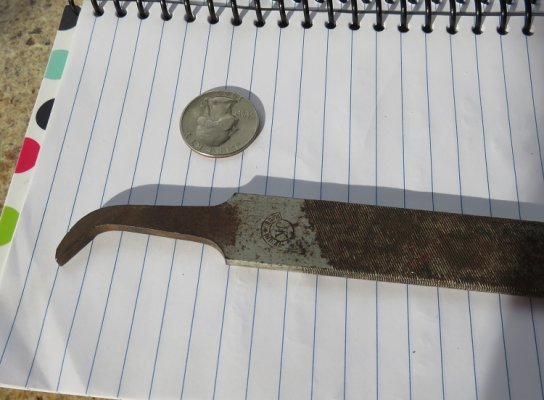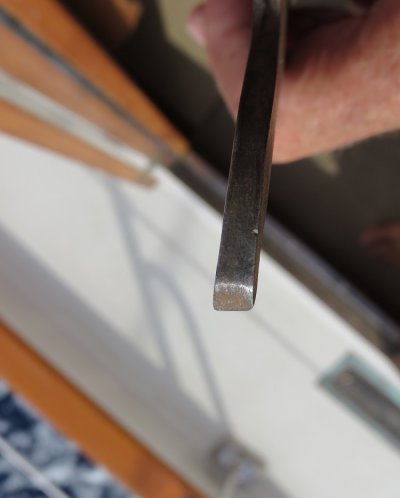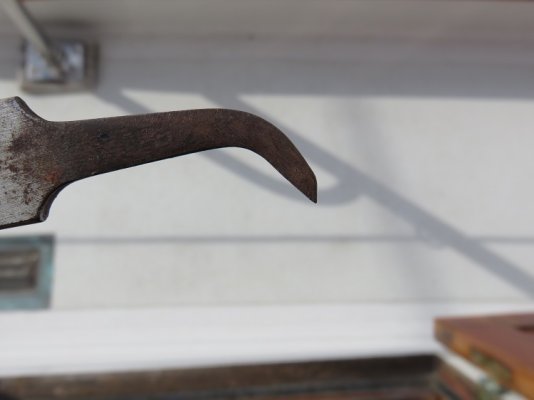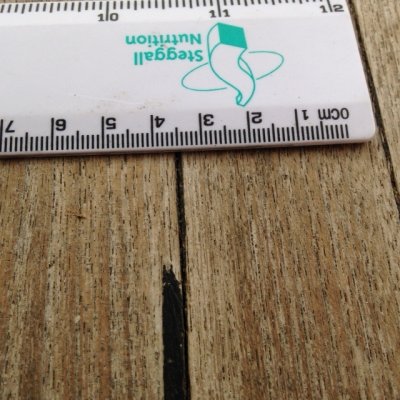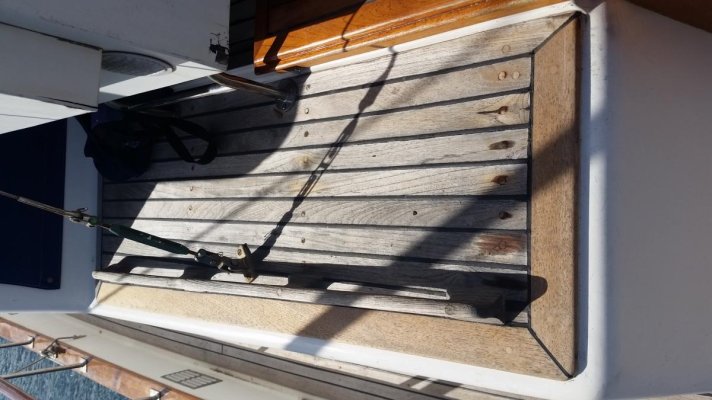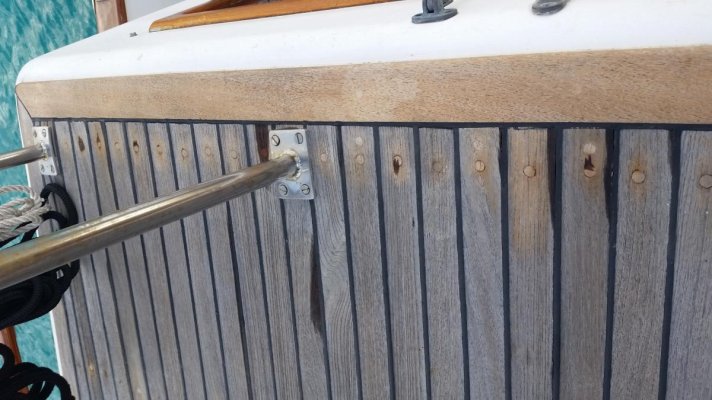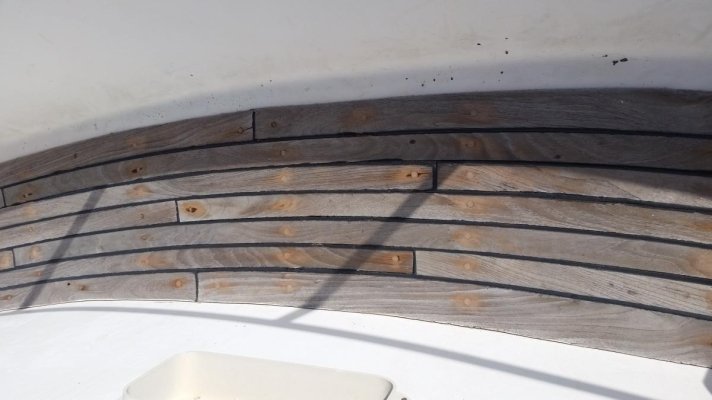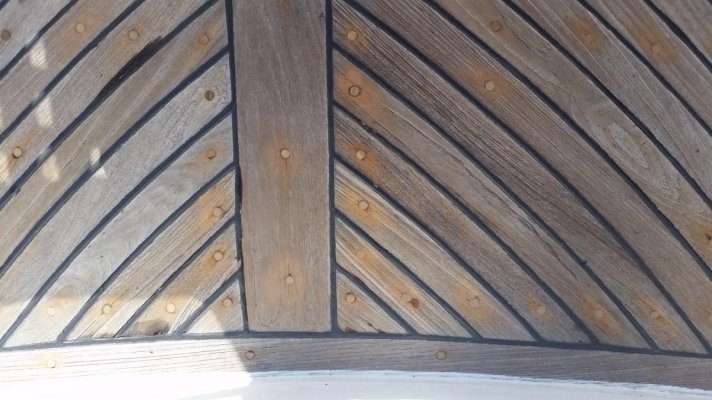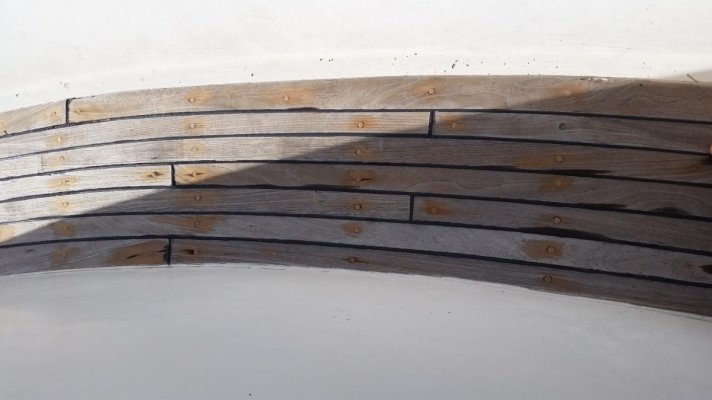Decks are due for recondition, about $1,500. Or, rip them out and replace with non-skid, about $6,000 USD. I tried to strip and caulk a few boards myself, no thank you. I can heat gun, sand and varnish for days, but I just don't have the patience for maintaining the decks myself.
Planning to keep the boat for another 5+ years. Resale non-skid fiberglass is universally preferred correct? Should I just recondition now and reevaluate in a few years or go non-skid now?
The boat is in average cosmetic condition, mechanical and ER above average. We are a young family, using it on the weekends.
Curious to read what others have selected and why.
Thanks
Planning to keep the boat for another 5+ years. Resale non-skid fiberglass is universally preferred correct? Should I just recondition now and reevaluate in a few years or go non-skid now?
The boat is in average cosmetic condition, mechanical and ER above average. We are a young family, using it on the weekends.
Curious to read what others have selected and why.
Thanks

 One of the best for teak deck seam repair. It keeps the edges of the seam sharp and easily removes the old caulk from the the bottom.
One of the best for teak deck seam repair. It keeps the edges of the seam sharp and easily removes the old caulk from the the bottom.